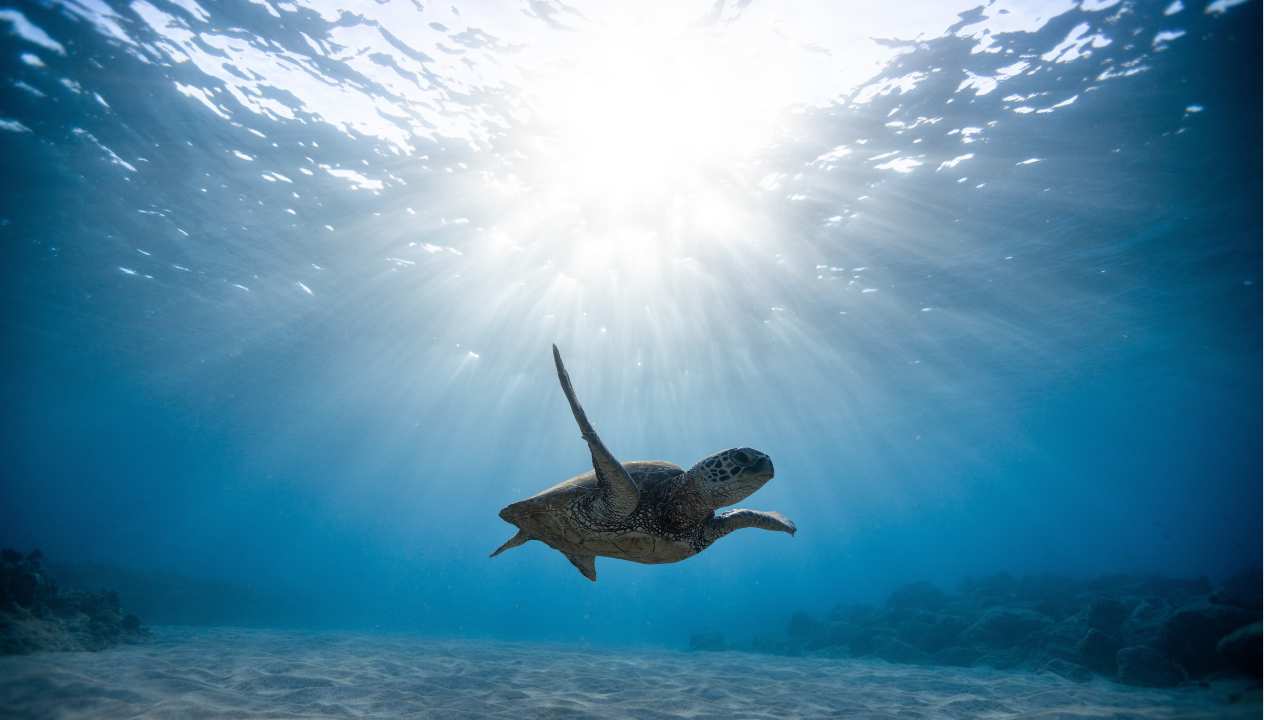Examining Submerged Technology for Marine Photography
Exploring the mesmerizing world beneath the waves through photography is a captivating endeavor that allows you to capture the beauty and diversity of marine life in stunning detail. The specific difficulties of subaquatic settings need particular gear and techniques for capturing captivating underwater photos. This comprehensive guide will delve into the fascinating realm of underwater photography and the advanced technologies and techniques used in subsea imaging to capture breathtaking images beneath the surface.
Understanding Underwater Cameras:
Specialized cameras designed to survive the harsh conditions of aquatic settings and provide high-quality photographs below the surface are necessary for underwater photography. These cameras are usually protected against water damage by being enclosed in waterproof casings or underwater housings that provide complete control over the camera’s functioning and settings. There are many various types of underwater cameras available, such as mirrorless cameras, DSLRs, and small point-and-shoot cameras. Each kind of underwater camera has a distinct amount of control, adaptability, and picture quality. Additionally, a lot of underwater cameras come with specific lenses designed for taking pictures underwater.
Examples of these lenses include macro lenses for up-close views of small marine life and wide-angle lenses for wide-angle views of vast seascapes. By understanding the capabilities and limitations of underwater cameras, you can select the best equipment for your specific photography goals and preferences.
Dive Lights and Lighting Techniques:
As water absorbs and scatters light differently than air, it becomes more important to consider lighting when taking underwater photos because higher depths cause a loss of contrast and color. Dive lights are vital equipment for lighting underwater environments and boosting picture visibility and color richness. To get the best results, underwater photographers use a range of lighting methods. These include artificial lighting techniques, which utilize strobes or continuous lights to complement or replace natural light, and natural light photography, which uses ambient sunshine to highlight objects.
More control over lighting direction, intensity, and color temperature is possible with strobe lighting, while continuous lighting offers steady illumination for taking still or video photos in low light. Learning lighting methods and experimenting with various light sources and angles can help you produce stunning underwater photos that vividly depict the richness and beauty of marine life.
Advanced Imaging Technologies:
In recent years, advancements in subsea imaging technology have revolutionized the field of underwater photography, enabling photographers to capture images with unprecedented clarity, detail, and depth. The creation of underwater drones with high-resolution cameras and sophisticated image sensors is one example of this breakthrough, which enables photographers to take breathtaking aerial and underwater movies from novel angles. Furthermore, underwater photographs can now be enhanced and altered to accomplish desired effects and corrections, such as changing color balance, contrast, and sharpness, reducing backscatter, and recovering lost features because of the developments in imaging software and post-processing methods.
Underwater photographers now have more opportunities to push creative limits and discover the ocean’s depths in previously unthinkable ways, thanks to technological breakthroughs.
Underwater Photography Accessories:
Underwater photographers use a range of accessories in addition to cameras and lighting gear to improve their images and reach their full creative potential. These accessories may include underwater tripods and stabilizers for steady shots, underwater filters for correcting color casts and enhancing contrast, and buoyancy control devices for maintaining neutral buoyancy and stability while shooting. Additional necessary attachments might include underwater writing slates for taking notes or corresponding underwater, underwater communication devices for coordinating with dive partners or models, and safety and comfort-enhancing protective gear, including wetsuits, gloves, and hoods. With the correct equipment, you can overcome obstacles and confidently and easily take beautiful underwater photos.
Environmental Considerations and Ethics:
Prioritizing environmental conservation and ethical ethics is crucial for underwater photographers in order to reduce their influence on species and vulnerable marine habitats. Photographers should always prioritize respect for marine life and its surroundings. They should also make an effort to limit disruption of underwater settings and refrain from handling or bothering marine life. Before taking underwater photos in delicate or protected regions, photographers should also get the required licenses and approvals and follow the existing rules and laws regulating marine protected zones and animal interactions.
You may contribute to the preservation and protection of our seas for the enjoyment of future generations by using ethical and responsible photography practices.
Conclusion
In conclusion, underwater photography offers a captivating glimpse into the hidden wonders of the marine world, allowing you to capture stunning images of colorful coral reefs, majestic marine life, and mesmerizing underwater landscapes. You can take your underwater photography to the next level by familiarizing yourself with the tools, methods, and technology utilized in subsea imaging. To guarantee that the seas are healthy and flourishing for future generations, always remember to give ethical behavior and environmental protection priority. Dive into the world of underwater photography and discover the beauty and magic that lies beneath the waves.





